Now let me make something clear right from the start. These are not great wines. These aren’t even what I’d call very good wines. But these are definitely great values.
I’m talking about the wines called Seleccion. One is a red. The other’s a white. They’re tagged at the almost stupidly low price of 100 pesos a bottle. Which is less than half of what I traditionally spend on a decent, drinkable wine.

One guess where I buy them. Starts with a C. Yes, you got it, Costco. Or, when it comes to inexpensive wines, perhaps they should be called Locostco.
The wines come from Chile, a country that was the talk of the wine world about 25 years ago but has been a little neglected lately. The lack of buzz though is not because the Chilean wine industry hasn’t been growing. Since 1999, the amount of land planted with grapes has more than doubled, the amount of wine produced has more than tripled and the number of wineries has gone from less than 20 to over 100. The largest of those wineries and the second largest winery in the world is Concha y Toro and they’re the makers of the two wines.
As best I can tell (Costco and Concha y Toro both refuse to tell), Costco Mexico retails them exclusively. Both of the wines are sold young with, I’m guessing, no barrel aging for the white and only a few months for the red. Both of them have the modern, fresh, fruit forward style that has become so popular in the last few years.
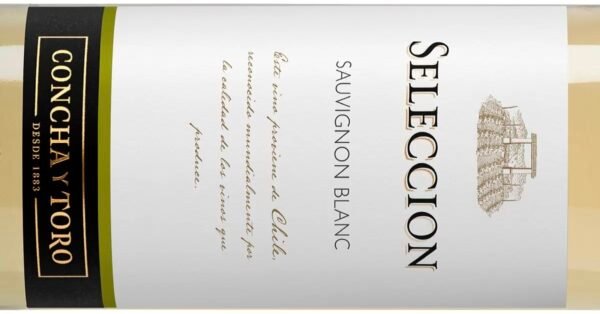
Seleccion Blanco is 100% Sauvignon Blanc. The dominant flavors are grapefruit and lemon but there’s a grassiness and a hint of apple that makes the flavor much more complex. When it first hits the tongue there’s a slight sweetness but that quickly changes to a crisp, dry finish.
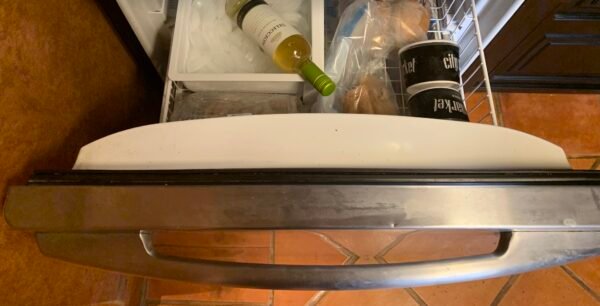
I like it very cold and would even recommend taking Seleccion Blanco from the fridge to the freezer for five minutes before serving.
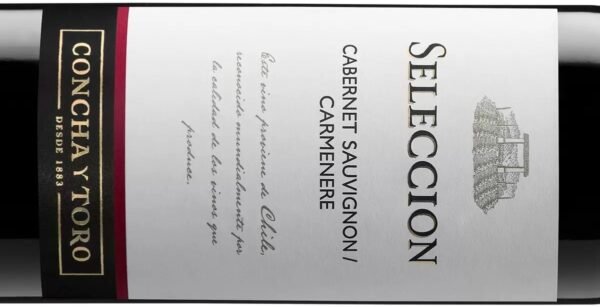
The blend used in Seleccion Tinto doesn’t have a long tradition and is, almost exclusively, a Chilean creation. It consists of 51% Cabernet Sauvignon and 49% Carmenère with the Carmenère, Chile’s signature grape, playing a similar role to the somewhat similar Merlot in the blend. 20 years ago, Chilean wineries were selling Carmenère as a single varietal. In more recent years, they are recognizing its value in blends, particularly with Cabernet.
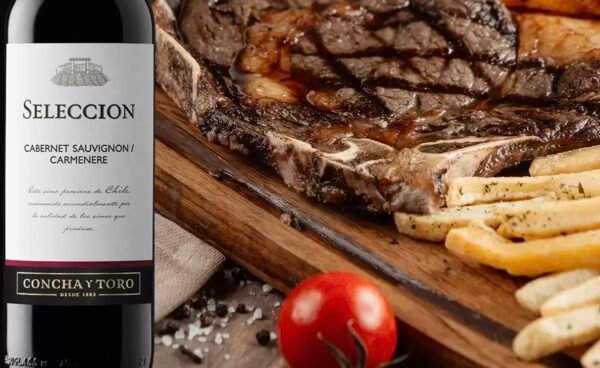
The taste is almost all red fruit with blackcurrant leading the way and cherry and raspberry not far behind. Though it’s a blend, it’s more reminiscent of a California Cab than it is a Bordeaux. I like it in the fridge for five or ten minutes before it’s served.
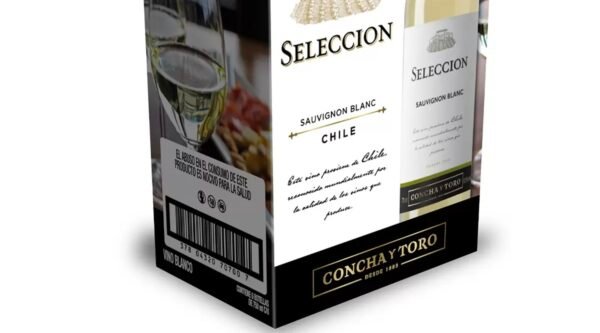
Both the red and the white Seleccion are sold by Costco in six bottle lots for $649 if you have them delivered, like I do, or $599 if you drive to the store in Celaya or Queretaro and pick them up.
Call me cheap if you want. But I think, if you taste the red or white Seleccion, you might just change that adjective to thrifty. I know I’m not the only one who appreciates Seleccion.
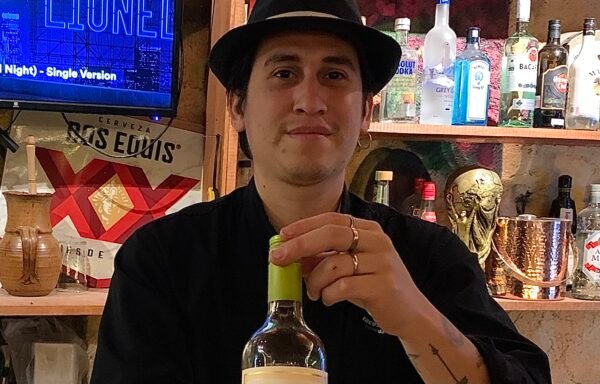
A couple of weeks ago, at a dinner at Tyto’s Grill where Seleccion are the house wines (marked up to a very reasonable $250), the decision was unanimous that they were an outstanding value.
You will find Costco Mexico’s website at costco.com.mx. You will find Tyto’s Grill at Salida a Celaya #6 in San Miguel de Allende.

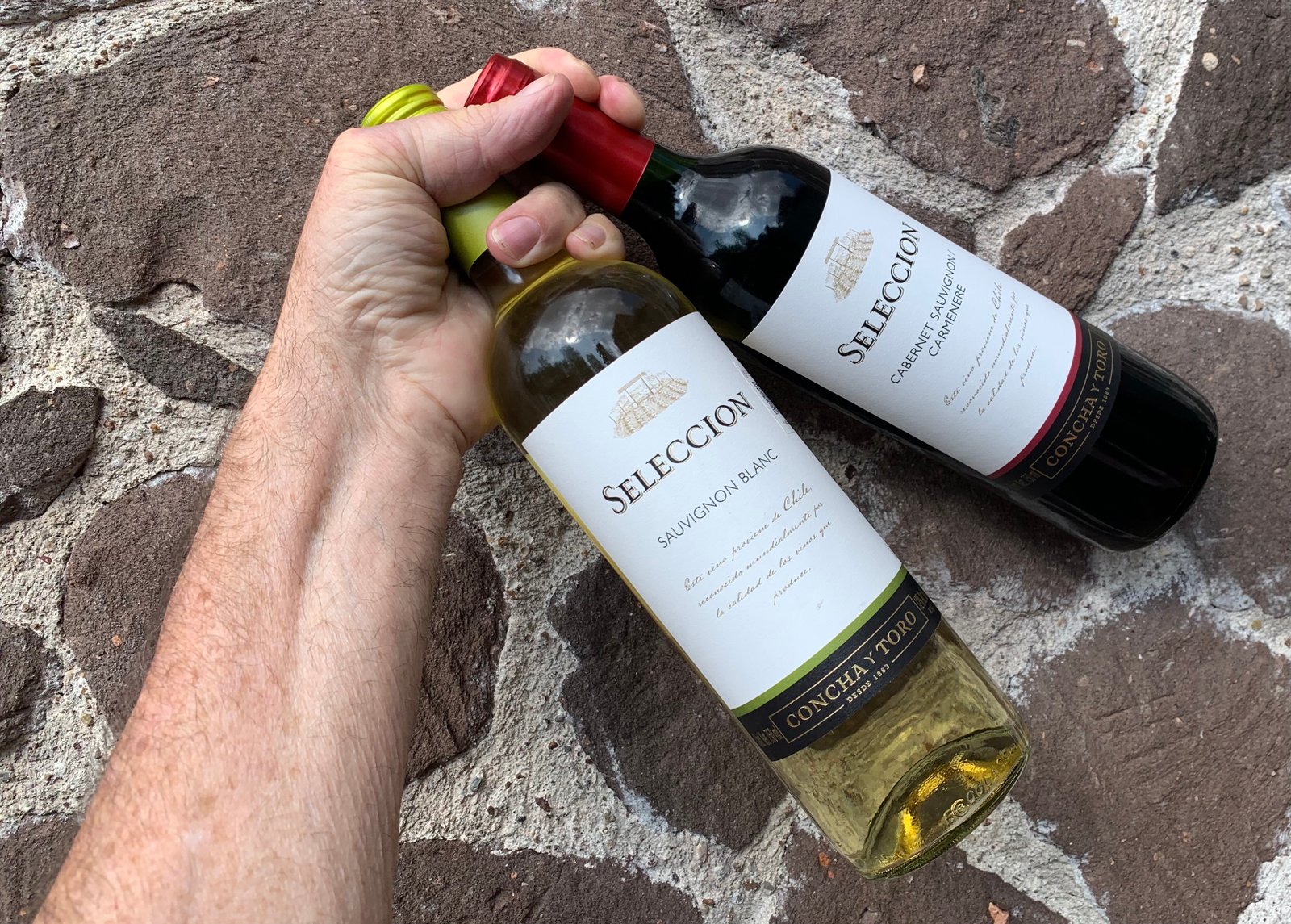
I tried these wines years ago, and found them to be pretty much as you did-not “very Good”, but OK. Correct, but a bit boring. One can’t expect a lot for $100
pesos.
We found the red by chance and have used it continuousmy since then ( as back up to the good wines kept for special occasions)
Great value for a simple wine witb minimum faults
These wines are an excellent bargain as you article stated. When you get right down to the “nitty gritty” of wine that the average person drinks….what’s the difference between a $100 peso bottle of wine and a $250 peso bottle????yes, about $150 pesos. Average person will not know the difference. I have a friend who buys the cheapest wine available and puts it in an expensive bottle and more often than not the guests comment about “what a great wine this is”!!